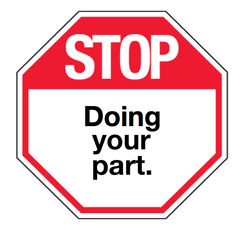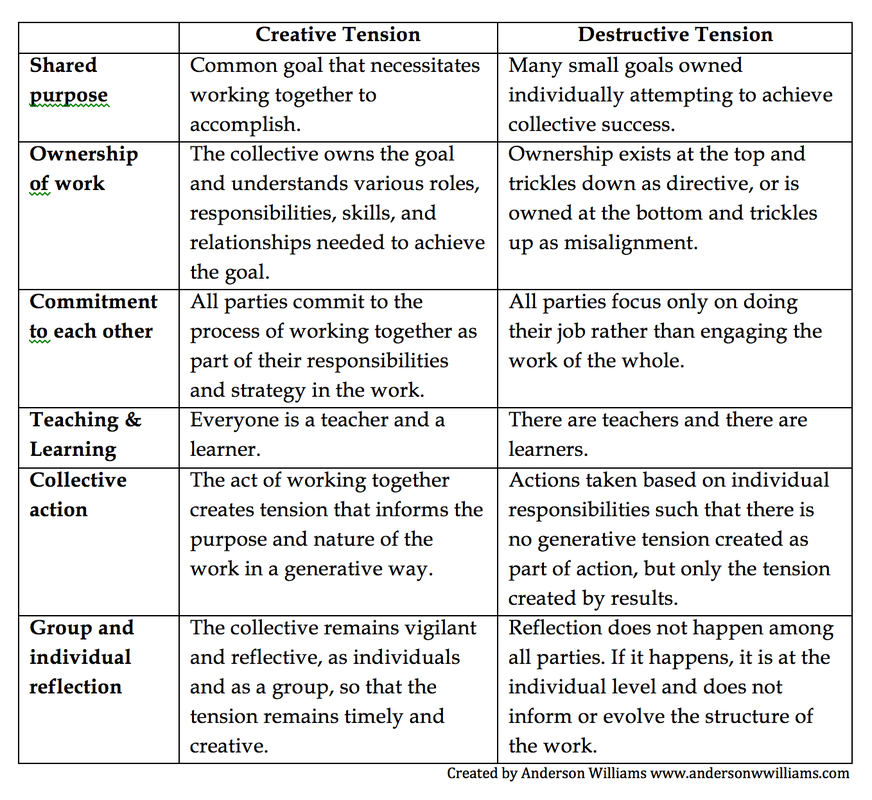 And start doing what it takes. Teams are complex social systems with emergent dynamics among members and emergent contexts in which they operate. This is true of small teams and only more so as teams grow. If people merely do their part, they are actually complicating things, forming a complicated system; and complicated systems are to complex work what the assembly line is to internet security. In dynamic and growth-oriented work environments, your “part” is always emerging, so as soon as you start just doing it then you probably aren’t fully doing it anymore. While you may be a high performer and may be surrounded by high performers, no mere collection of individual contributors will ever manifest in a sustainable, high-performing team doing complex work. A set of powerful parts will not inevitably make a powerful whole. In fact, the opposite is more likely true: the more powerful and simultaneously partitioned the individual contributors the less likely you are to build a powerful team that bridges them. The strength of the individual contributor mindset is too strong; the rationalization of the do-my-part mentality feeds itself and invites others to just do their part as well. As a result, as do-my-part teams grow, they become increasingly less adaptive and less effective in responding to the emergent dynamics within and around them. So, how do we build more complex teams and avoid complicated ones? How do we inspire more people to do what it takes? Hire for where you are going, not just where you are. We often think about hiring for “fit” with our team and/or organization. While this may seem to make sense in the immediate term, we should understand that “fit” is a temporary construct that belies the change inherent in a growth strategy. So, fit today could easily not fit the future. Consequently, we should hire and invest in people who will help us deliver and define an emergent future. We need team players and learners who will not just do the work but will help create and define it. Communicate the vision. If our people at all levels are going to do what it takes to define our collective future, they must be organized around and feel a sense of ownership of some collective vision. They should also understand (and it should be true) that they are helping define how that vision evolves as the team and market context also evolve. Team leaders need to communicate and actively invite input on the vision not merely to try to get our people aligned around it but to more quickly identify the people who don’t, and perhaps won’t ever, own it. Promote creative tension. I have written about creative tension in both of my books as I continue to try and flesh out my thinking on team power dynamics. For this blog, I’ll just share below the core components of relational tension and illustrate how they differ in environments of creative versus destructive tension.
0 Comments
Leave a Reply. |
Categories
All
Archives
April 2024
|

 RSS Feed
RSS Feed